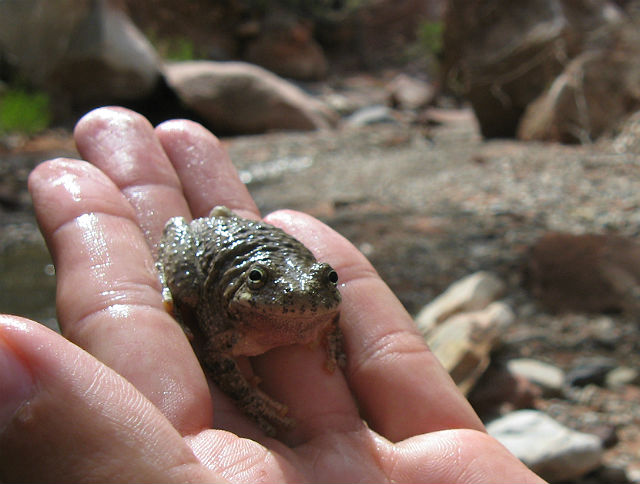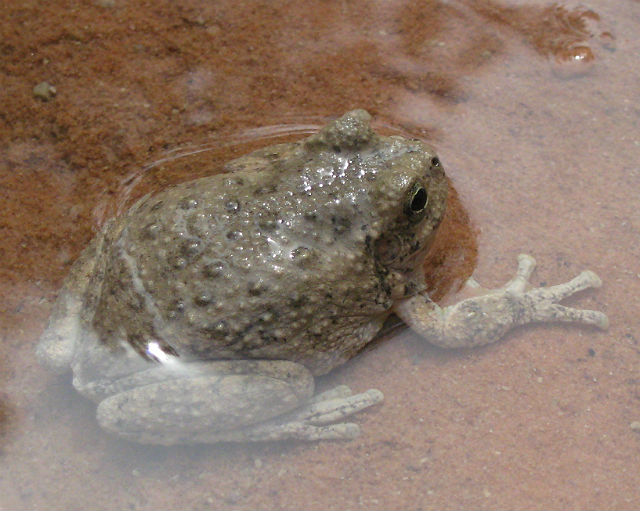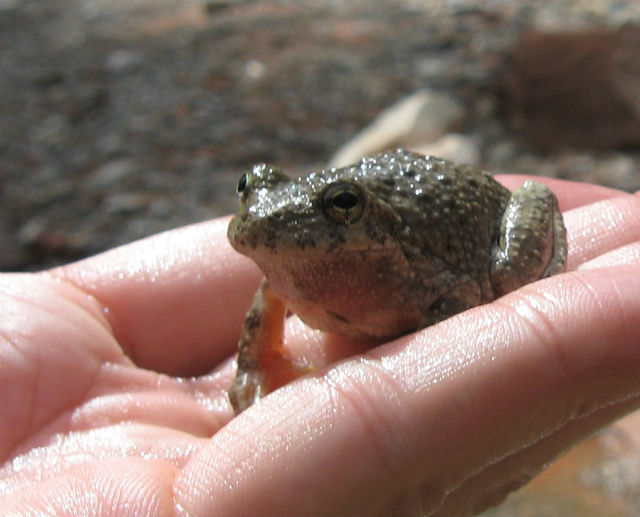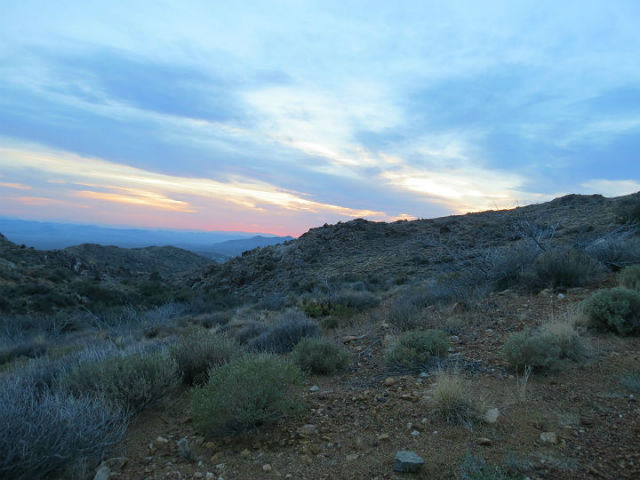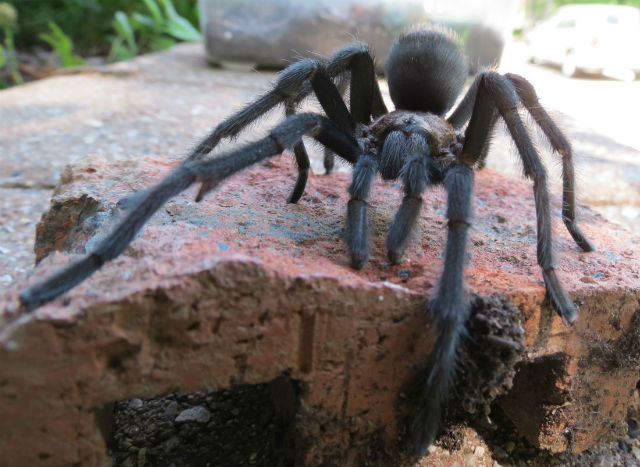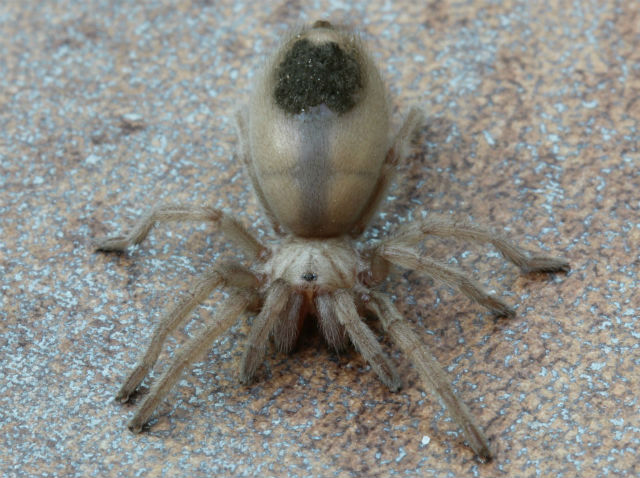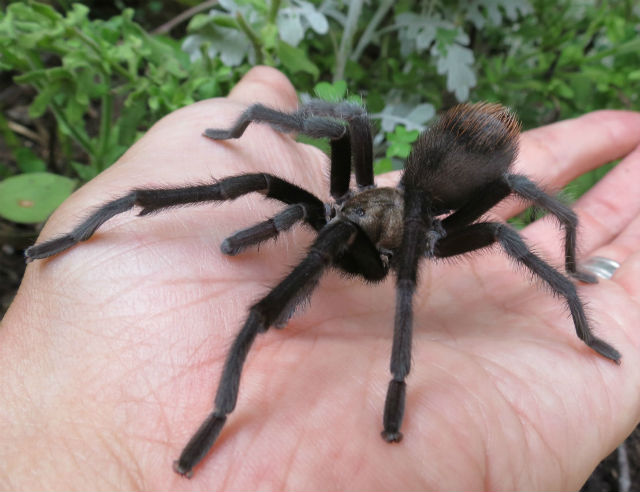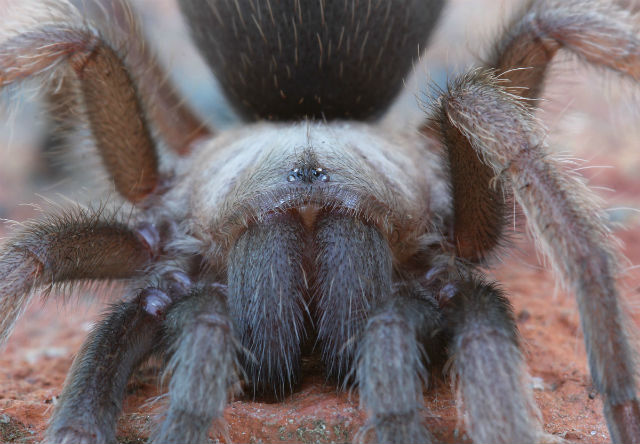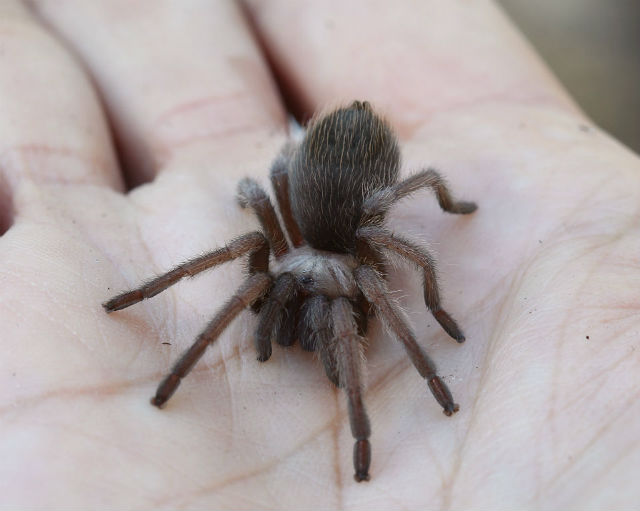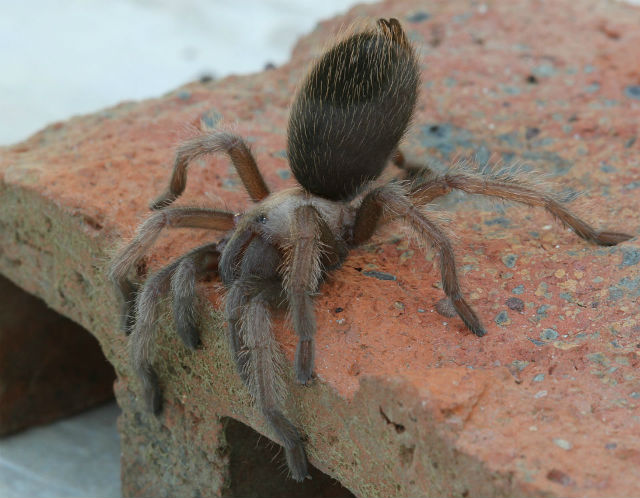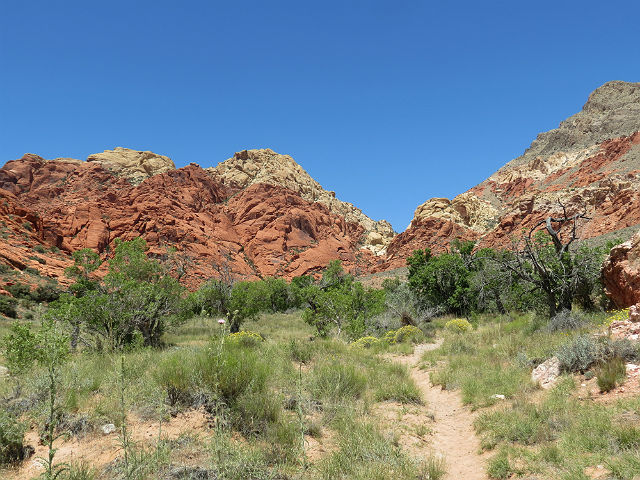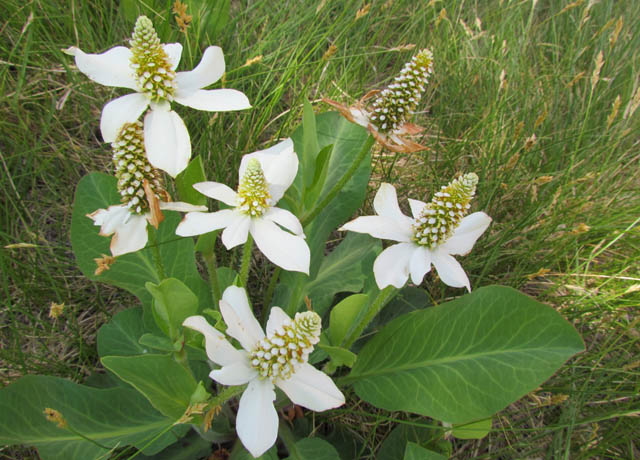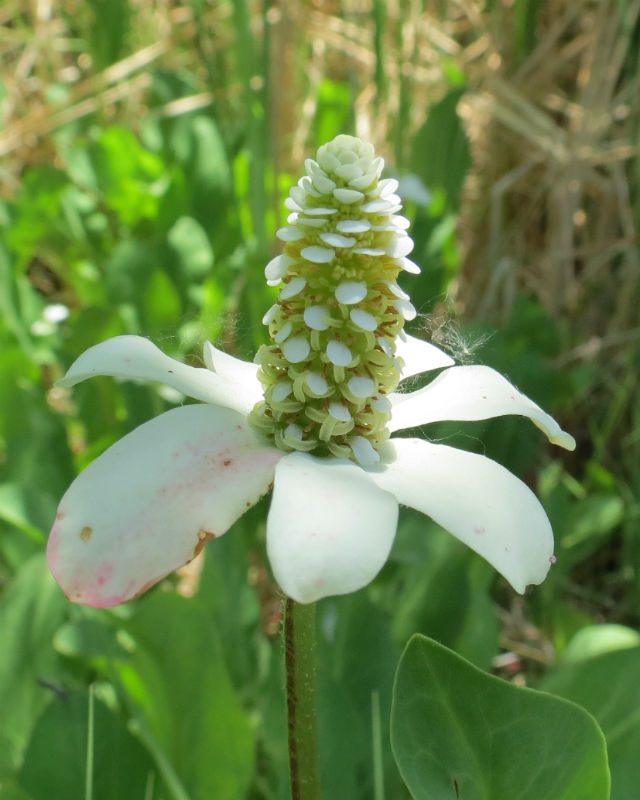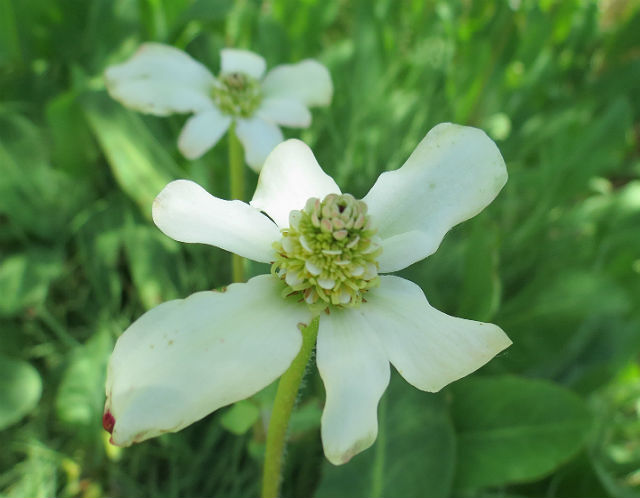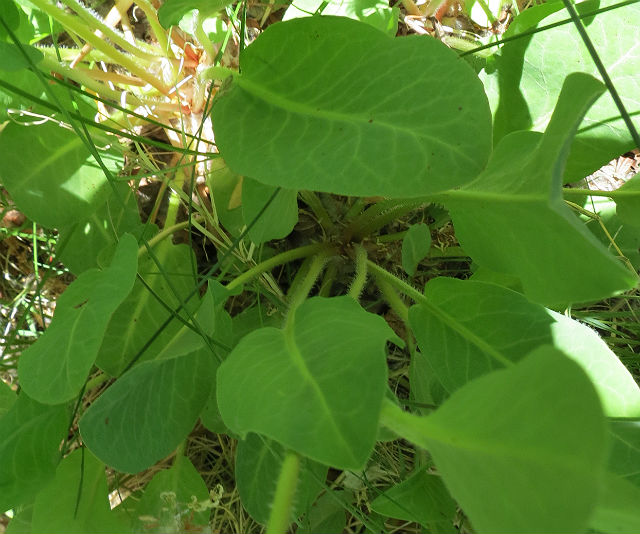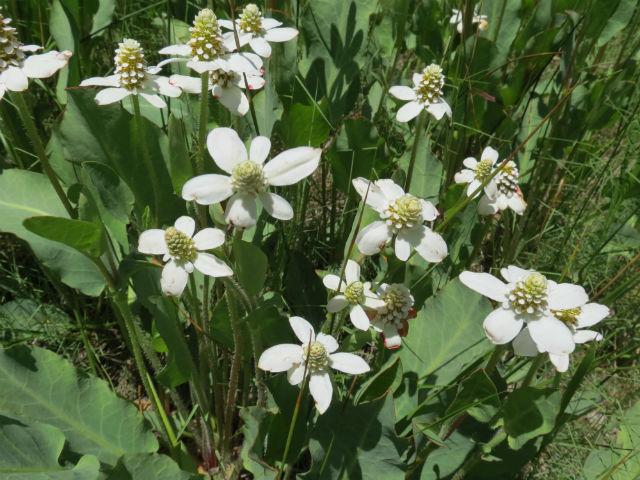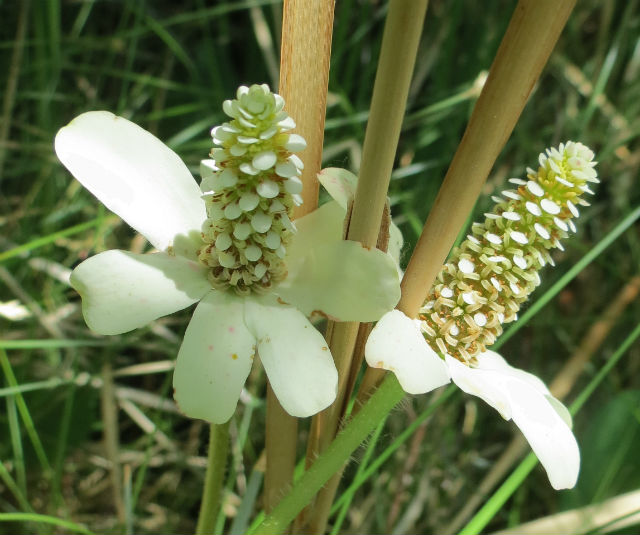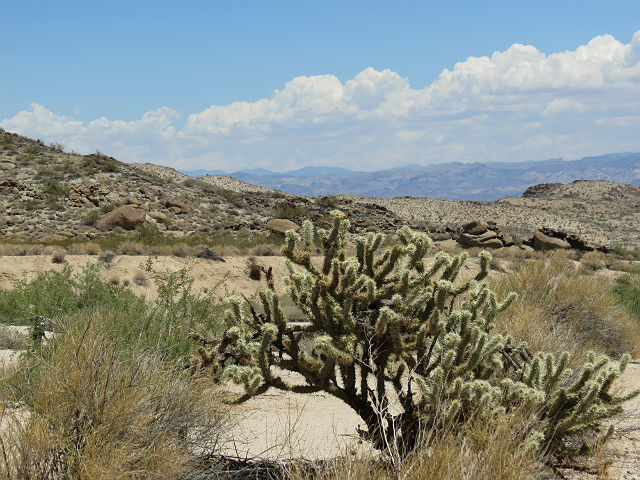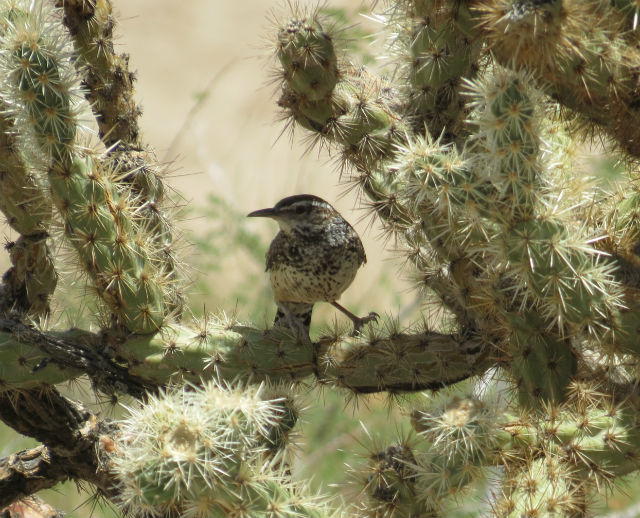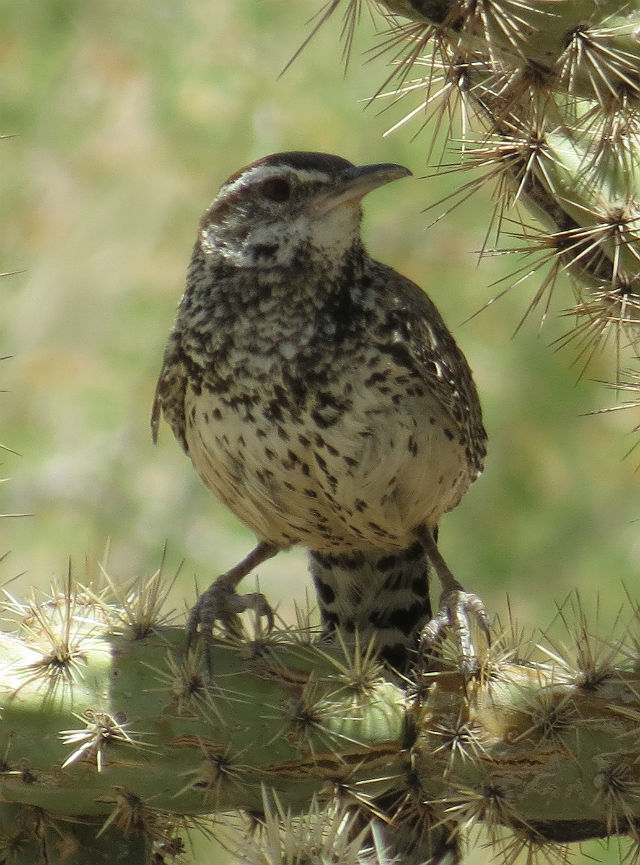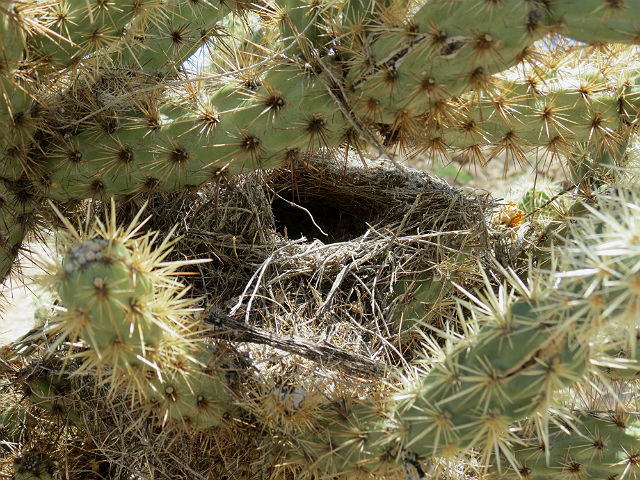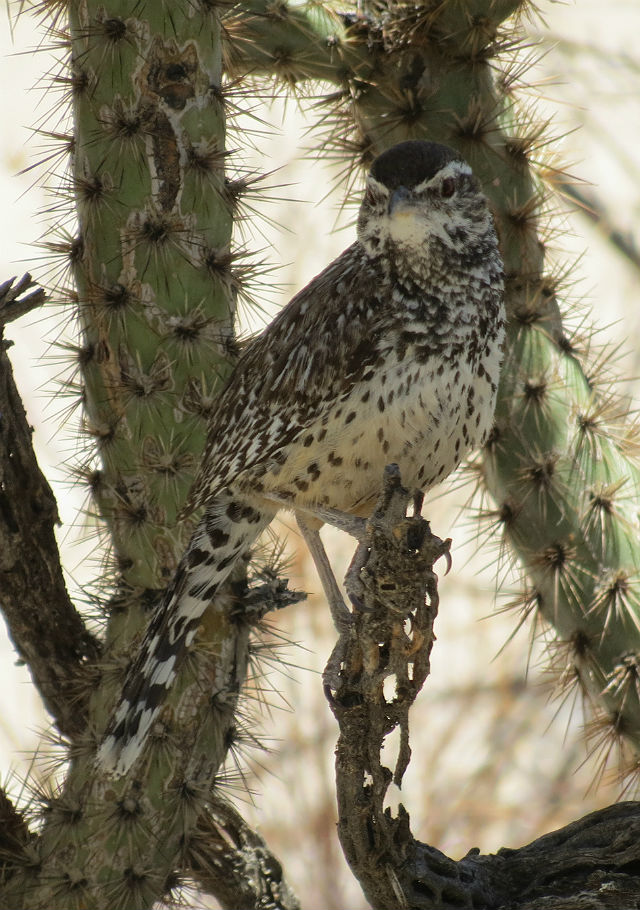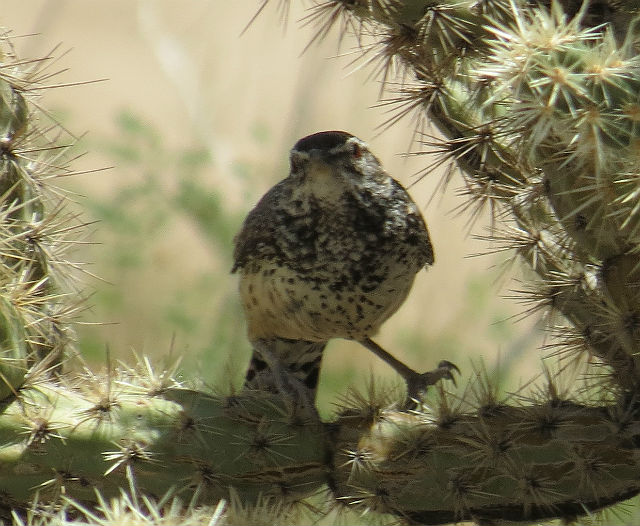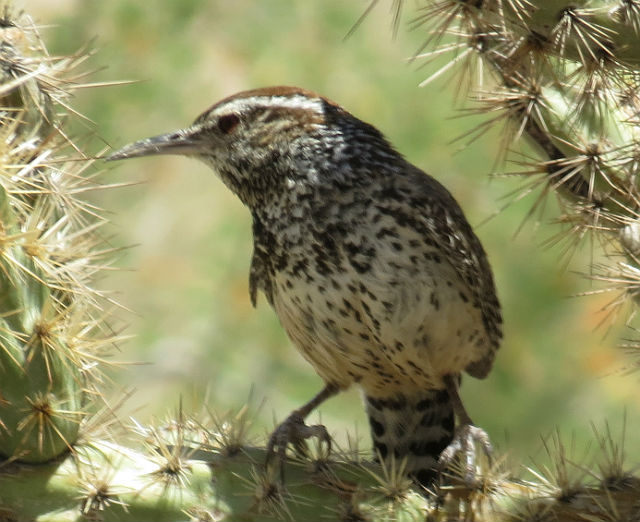While visiting Zion National Park in Utah I was able to see and hear this interesting amphibian.
It is relatively small (at just over two inches), plump and warty, with a toad-like appearance. A distinctive feature is its suction-like adhesive toe pads for climbing.
They can vary in color and pattern considerably, but Canyon Tree Frogs usually match the soil or rock color of their native habitat to serve as camouflage.
As its name implies, it is an amphibian of canyons and arroyos, particularly rocky, intermittent or permanent stream courses.
Despite being called “tree frogs,” they prefer to perch on boulders and rock faces overlooking pools of water. During warm weather they spend the day hiding in rock crevices.
The Canyon Tree Frog’s call is a loud, rattling series of short trills that sound like they’re coming from inside a tin can. The call is surprisingly loud given the small size of this creature.
This was a neat find and the first time the I got to see Canyon Tree Frogs “in person.”


